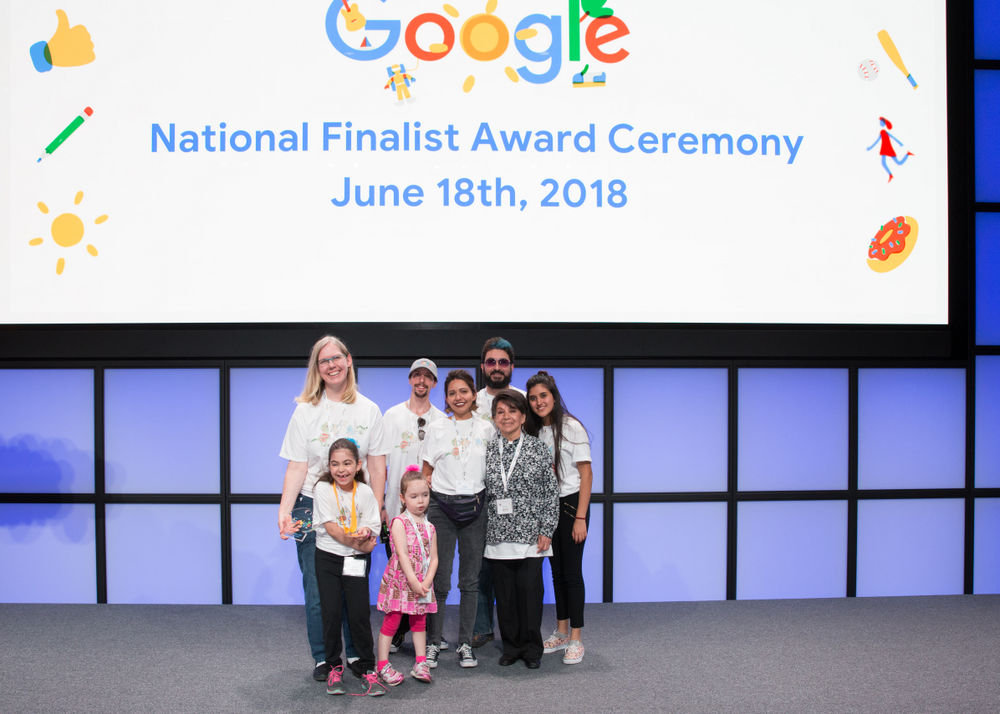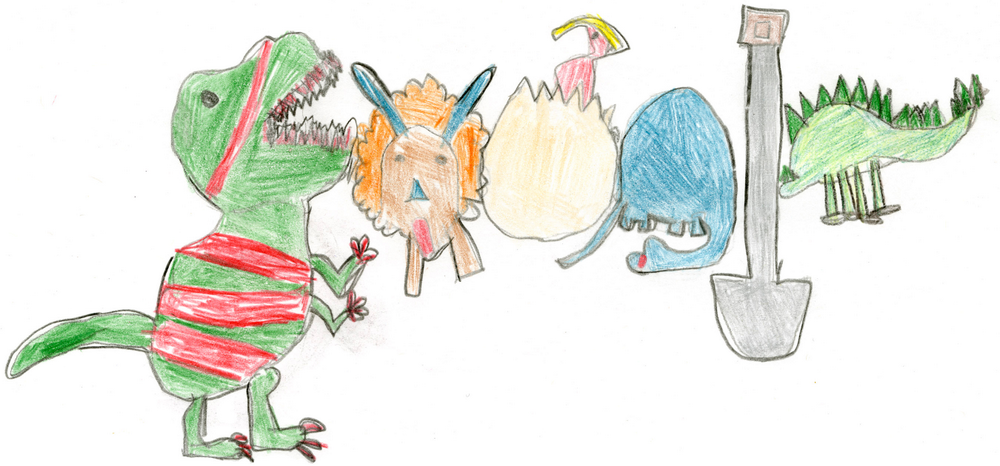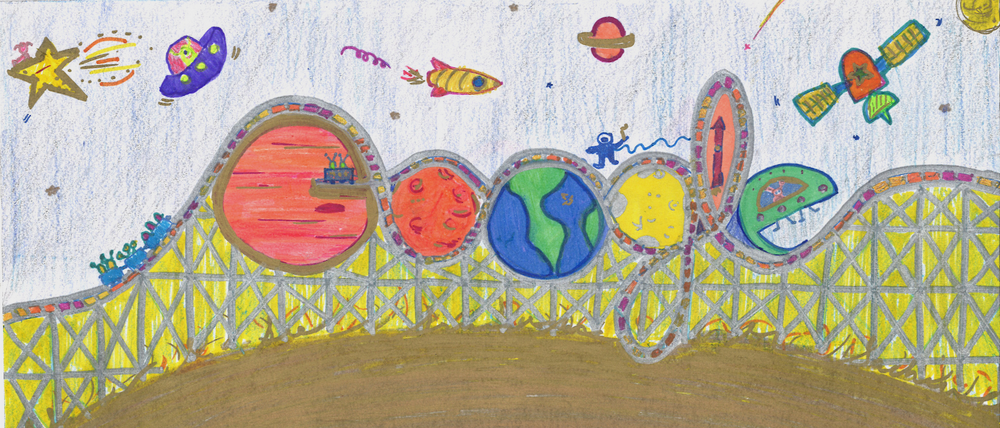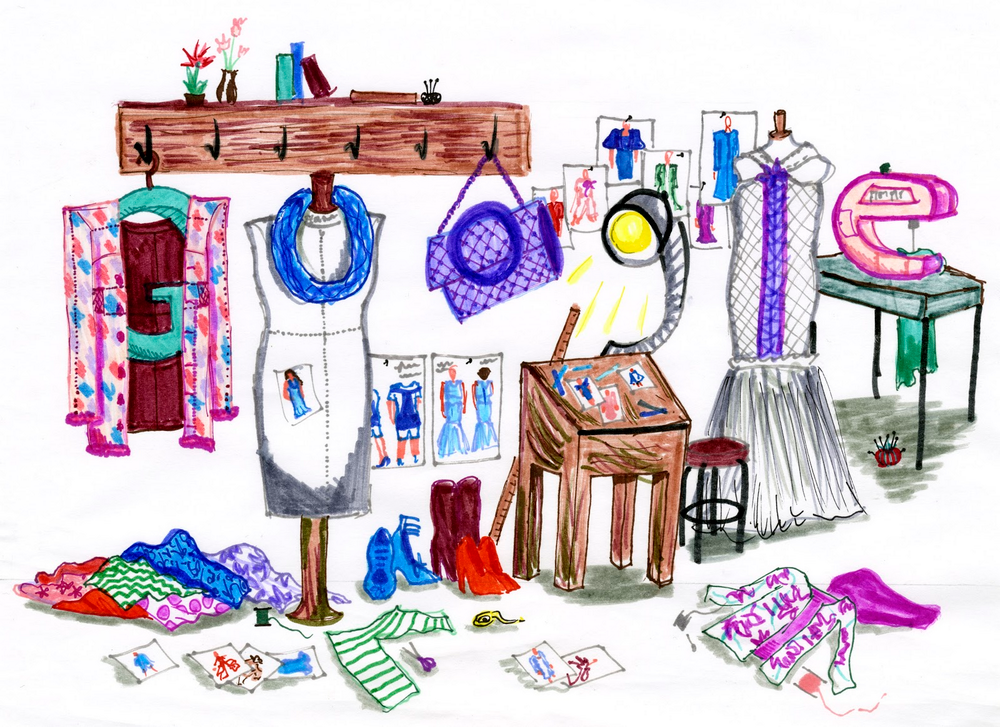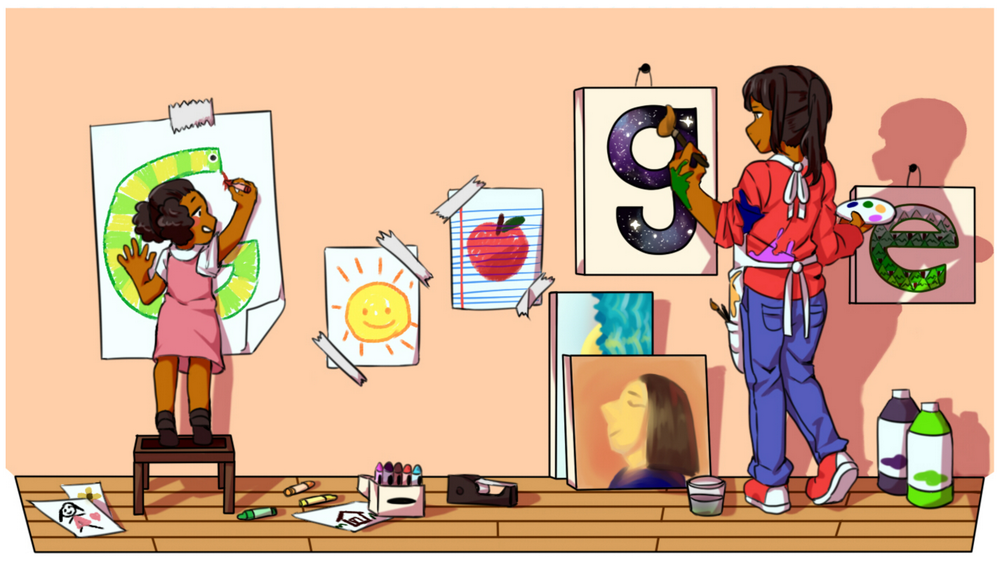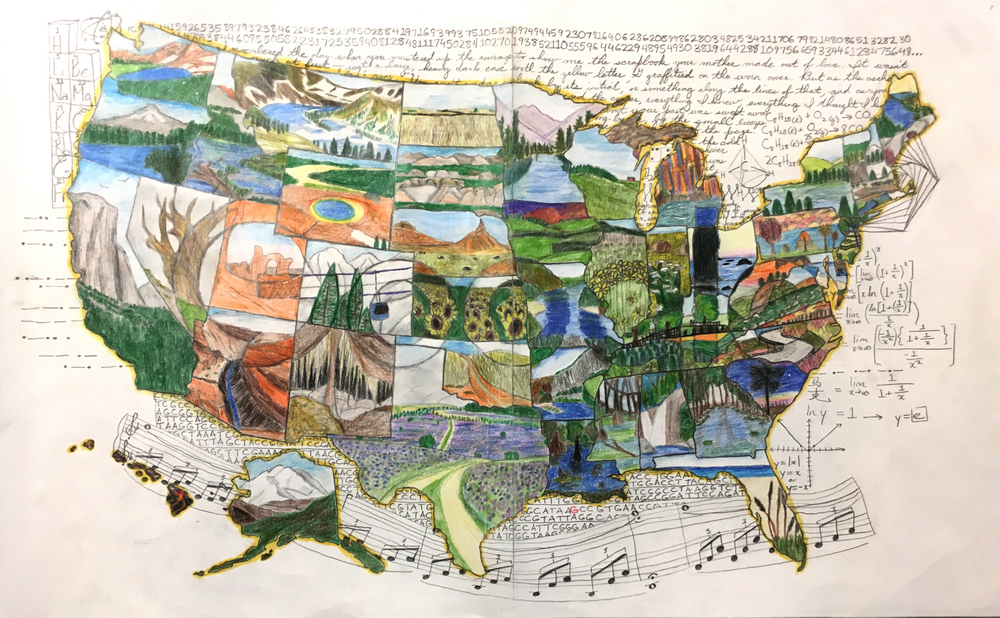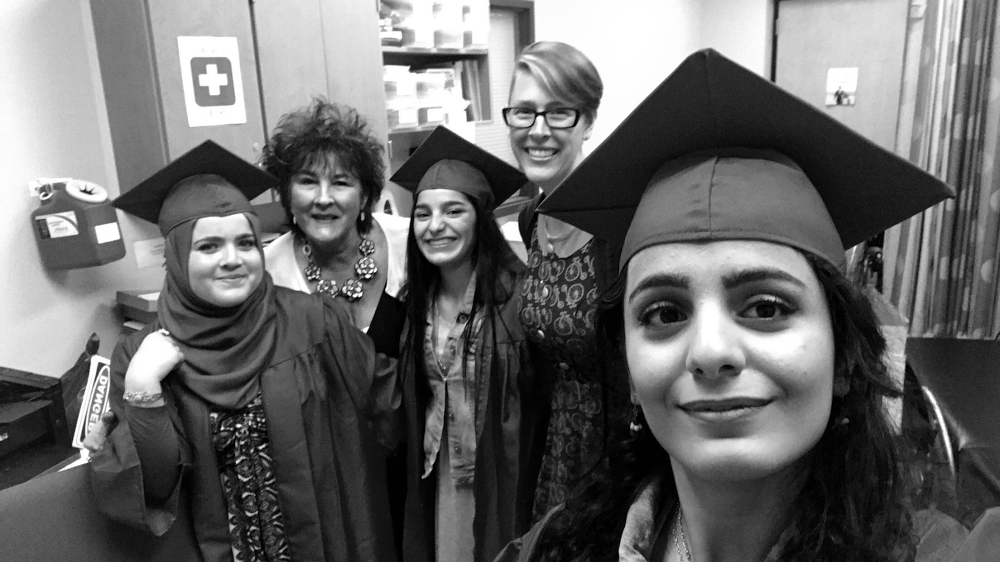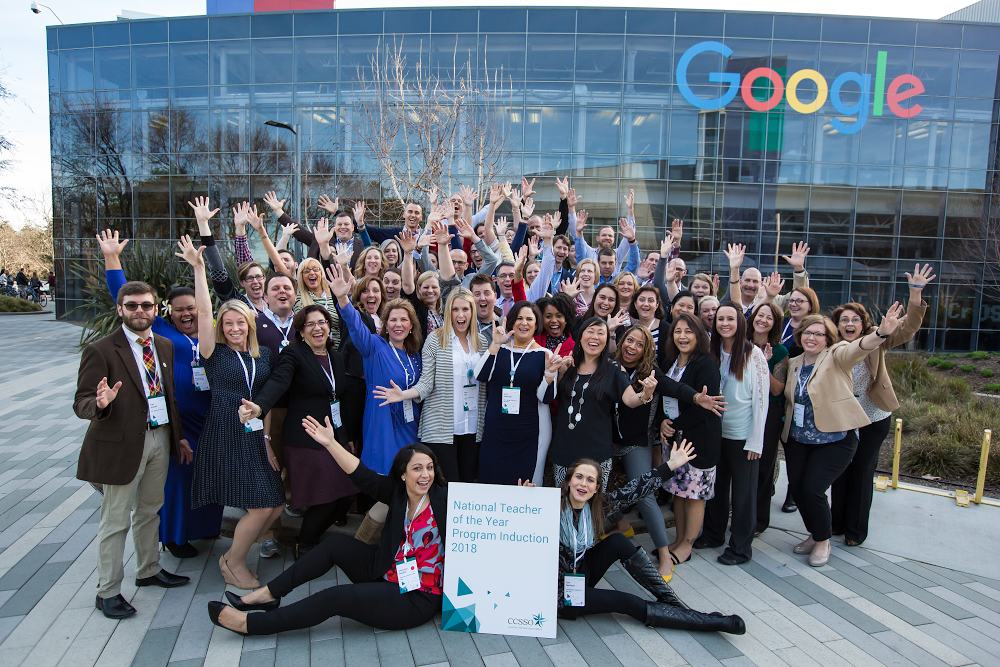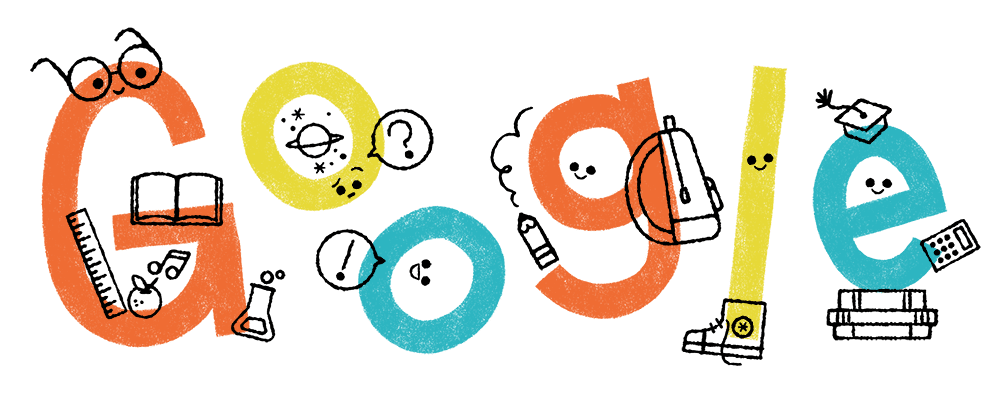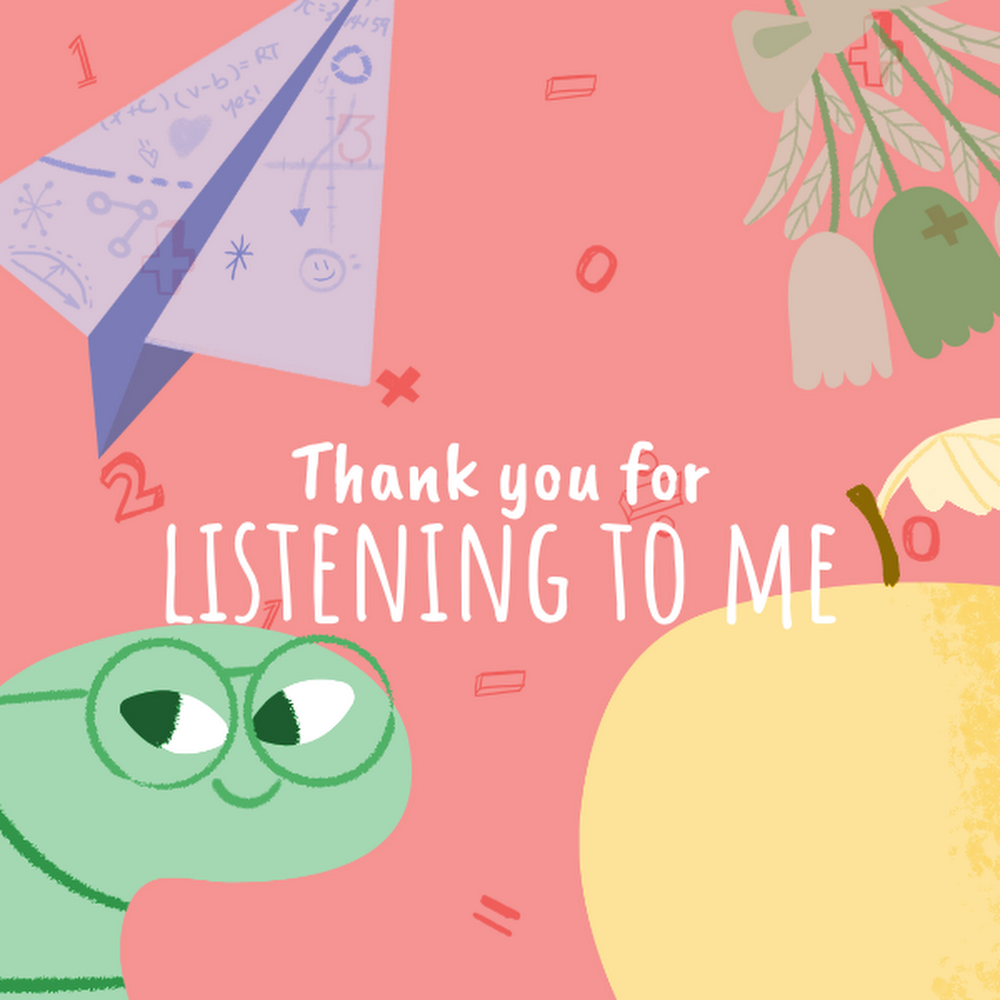Be Internet Awesome helps kids be safe, confident explorers of the online world. Today, we’re launching a number of enhancements to the program, including curriculum expansions, updates to the Interland game, and interactive slide presentations to bring program lessons to life, created in partnership with Pear Deck. We’re also excited to make these important lessons accessible to more families by expanding the Be Internet Awesome program into Spanish as Sé genial en Internet. We’ve invited Araceli Gomez, a STEM educator at South Gate Middle School in Los Angeles, CA, to talk about why these resources are so important for her community.
My career in education began in 1997 at Tweedy Elementary School, in the city of South Gate, CA, where the population is 99 percent Latino. The best part of being an educator in the same city for over 20 years is the relationships I’ve built with families and students in the community. When former students stop by to simply say hello or to share their education and career success, it’s inspiring to know I played a little part in helping them reach their full potential.
Most of the students I work with are bilingual, but their parents predominantly speak Spanish at home. These parents are often seeking guidance and looking for online safety resources. According to new research commissioned by Google, Latino parents in Spanish-speaking households are almost twice as likely as their English-speaking counterparts to favor talking about online safety at home, as a family (39 percent to 21 percent). I’m starting to see more information about internet safety in English, but for most of the families I work with, that information might as well be nonexistent because of the language barrier. That’s a big reason why I’m really excited that Google’s Be Internet Awesome is now available in Spanish as Sé genial en Internet.
With Sé genial en Internet, Spanish-speaking parents in my community and all over the world will now be able to use the program’s tools and resources to help their kids become good digital citizens. Not only will they be able to reinforce at home the lessons we're teaching, they’ll be able to do so in a language they feel comfortable with.
Over the time I’ve been teaching, advances in technology have changed many of the ways learning takes place. Research today is done online, and assignments and homework are given, completed and graded through online accounts. And as a STEM educator, I’m always looking for programs that address the current needs of my students. The Be Internet Awesome curriculum is a great resource because it empowers students with the fundamentals of digital safety in a fun, engaging way they really respond to.
Just as we teach kids right from wrong in the real world, we also need to show them how to interact on the internet. To help make the internet safer for everyone,
all families need to be equipped with the right information, resources, and tools to keep the discussion going at home. I’m excited to see Google recognize that need and expand their programs to reach even more kids, families and educators with Sé genial en Internet.
¡Explora el Nuevo “Be Internet Awesome” en Español!
“Be Internet Awesome” ayuda a los niños a ser seguros y confiables exploradores del mundo en línea. Hoy, estamos lanzando una serie de mejoras al programa, que incluyen expansiones de planes de estudio, actualizaciones del juego Interland juego y presentaciones de diapositivas interactivas para dar vida a las clases de aprendizaje del programa, creadas en asociación con Pear Deck. También nos entusiasma hacer accesibles estas importantes lecciones a más familias al expandir el programa “Be Internet Awesome” al español con "Sé genial en Internet". Hemos invitado a Araceli Gómez, educadora de STEM en la South Gate Middle School en Los Ángeles, a hablar sobre por qué estos recursos son tan importantes para su comunidad.
Mi carrera en educación comenzó en 1997 en la escuela primaria Tweedy, en la ciudad de South Gate, California, donde la población es 99 por ciento latina. La mejor parte de ser educadora en la misma ciudad por más de 20 años es la relación que he desarrollado con las familias y los estudiantes de la comunidad. Cuando los exalumnos se acercan para decir simplemente hola o compartir su éxito educativo y profesional, es increíble saber que jugué un pequeño papel en ayudarlos a alcanzar su máximo potencial.
La mayoría de los estudiantes con los que trabajo son bilingües, pero sus padres hablan predominantemente español en casa. Estos padres a menudo buscan orientación y recursos de seguridad en línea. Según una nueva investigación auspiciada por Google, los padres latinos en hogares de habla hispana tienen casi el doble de probabilidades que los que hablan inglés de preferir conversar sobre seguridad en línea en el hogar, como familia (39 por ciento comparado con 21 por ciento). Estoy comenzando a ver más información sobre seguridad en Internet en inglés, pero para la mayoría de las familias con las que trabajo, esa información prácticamente no existe por la barrera del idioma. Esa es una gran razón por la que estoy muy emocionada de que “Be Internet Awesome” de Google está ahora disponible en español: Sé genial en Internet.
Con “Sé genial en Internet”, los padres hispanohablantes en mi comunidad y de todo el mundo podrán usar las herramientas y los recursos disponibles en su idioma para reforzar lecciones importantes en casa y ayudar a sus hijos a convertirse en buenos ciudadanos digitales.
Durante el tiempo que he estado enseñando, los avances en la tecnología han cambiado muchas de las formas en que se aprende. La investigación de hoy se hace en línea, y las asignaciones y tareas se llevan a cabo y son calificadas en línea. Y como educadora de STEM, siempre estoy buscando programas que beneficien y satisfagan las necesidades actuales de mis alumnos. El plan de estudios “Be Internet Awesome" es un gran recurso porque ayuda a los estudiantes los fundamentos básicos de la seguridad digital de una manera divertida y atractiva.
Del mismo modo que enseñamos a los niños a diferenciar entre el bien y el mal en el mundo real, también debemos mostrarles cómo interactuar en Internet. Para hacerlo, todas las familias deben contar con la información, los recursos y las herramientas adecuadas para aprender y continuar la comunicación al respecto en el hogar. Estoy emocionada de ver a Google reconocer esa necesidad y expandir sus programas para llegar a más niños, familias y educadores con “Sé genial en Internet”.
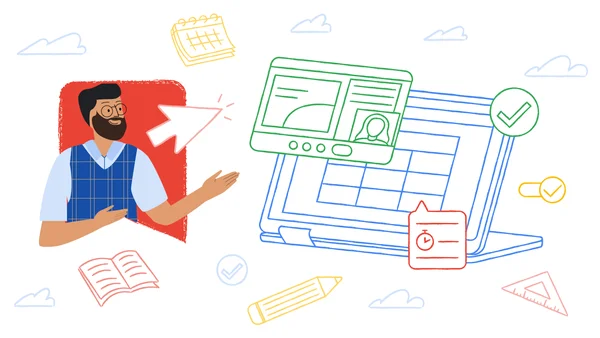 Check out Google Workspace for Education’s new teaching and learning features in Google Classroom, Docs, Slides, Meet and more.
Check out Google Workspace for Education’s new teaching and learning features in Google Classroom, Docs, Slides, Meet and more.
 Check out Google Workspace for Education’s new teaching and learning features in Google Classroom, Docs, Slides, Meet and more.
Check out Google Workspace for Education’s new teaching and learning features in Google Classroom, Docs, Slides, Meet and more.
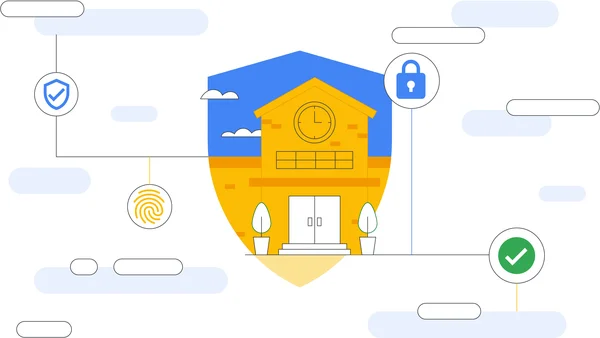 Google for Education puts the safety, security and privacy needs of our users first, with new controls for Google Workspace for Education and ChromeOS.
Google for Education puts the safety, security and privacy needs of our users first, with new controls for Google Workspace for Education and ChromeOS.
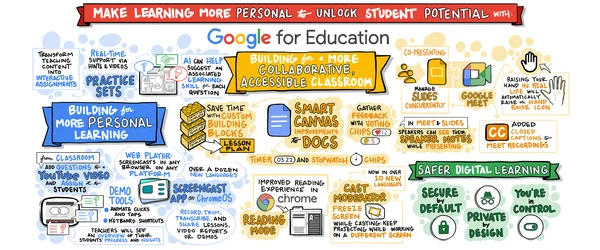 At Bett 2023, we’re sharing our vision for the future of education, announcing new updates around Google Workspace, Chromebooks and Chrome, and discussing advances in AI…
At Bett 2023, we’re sharing our vision for the future of education, announcing new updates around Google Workspace, Chromebooks and Chrome, and discussing advances in AI…
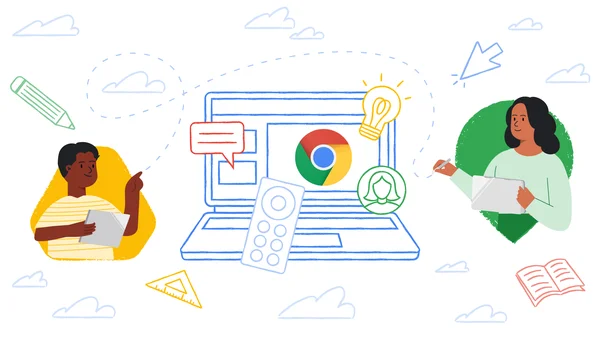 Today we're announcing new Chromebooks for students and teachers, updates to Screencast and cast moderator, and new features like reading mode.
Today we're announcing new Chromebooks for students and teachers, updates to Screencast and cast moderator, and new features like reading mode.
 Learn about the ongoing UNCF and Google partnership and how Ad Grants are helping connect the nonprofit to potential students and donors.
Learn about the ongoing UNCF and Google partnership and how Ad Grants are helping connect the nonprofit to potential students and donors.
